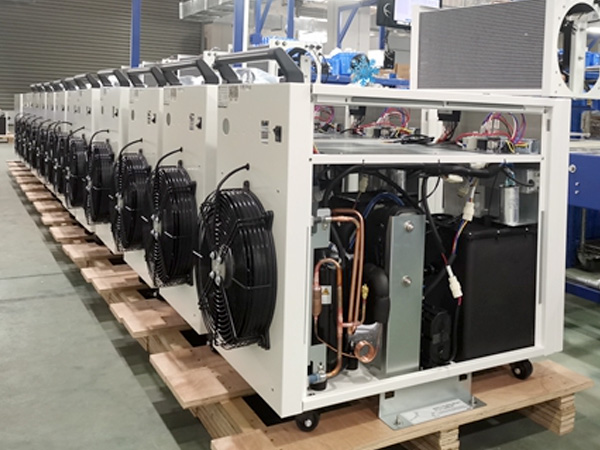Overload protection in water chiller units is an essential safety measure. The main methods for dealing with overload in water chillers include: checking the load status, inspecting the motor and compressor, checking the refrigerant, adjusting operating parameters, and contacting personnel such as the after-sales team of the chiller factory.
What's the Role of Water Chiller Overload Protection? How to Deal with Chiller Overload Errors?
Overload protection in water chiller units is an essential safety measure. Its primary function is to promptly cut off power when the current exceeds the rated load during equipment operation, thereby avoiding damage to the equipment. The overload protector can detect whether there is an overload in the internal system. When an overload occurs, it automatically cuts off the power to prevent damage to the equipment.
1. Methods for Dealing with Overload in Water Chillers
Check the Load Status: First, it's necessary to examine the load status of the chiller unit to confirm whether it exceeds its design or specified rated load. If the load is too high, it needs to be reduced, such as by shutting down unnecessary loads or decreasing the power of the load.
Inspect the Motor and Compressor: Check for any faults in the motor and compressor, such as motor winding short circuits or mechanical faults. If any faults are found, they need to be repaired or replaced.
Check the Refrigerant: Insufficient or excessive refrigerant can also cause overload in water chillers. It's important to check the refrigerant charge to ensure it meets the requirements.
Adjust Operating Parameters: If the above measures fail to resolve the issue, adjusting the operating parameters of the chiller unit, such as temperature and pressure, can help prevent overload situations.
Contact Professional Personnel: If you're unable to troubleshoot the fault on your own, it's necessary to contact professional maintenance personnel to ensure the equipment resumes normal operation. Users of TEYU water chillers can seek assistance from TEYU's professional after-sales team by sending an email to service@teyuchiller.com.
2. Precautions for Handling Water Chiller Overload Issues
Safety should be the top priority when dealing with water chiller unit overload faults to avoid dangerous situations such as electric shock or mechanical injuries.
It is important to address overload faults promptly to prevent them from escalating or causing equipment damage.
If unable to troubleshoot the fault independently, it's necessary to contact TEYU's after-sales engineers for repairs to ensure the equipment resumes normal operation.
To prevent overload faults from occurring, it's essential to regularly inspect and maintain the water chiller unit to ensure its proper functioning. Additionally, adjustments to operating parameters or replacement of aging components should be done as needed to prevent overload faults from occurring.

We're here for you when you need us.
Please complete the form to contact us, and we'll be happy to help you.









































































































